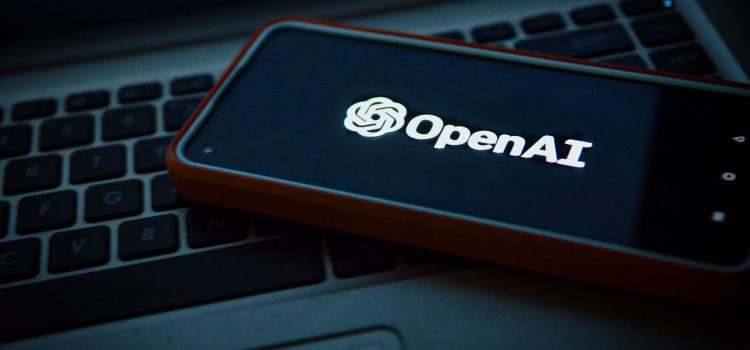
The digital divide is a term used to describe the gap between those who have access to the internet and the technological infrastructure necessary to benefit from it, and those who do not. This gap is a major issue for many countries around the world, as it can severely limit opportunities for social, educational and economic growth. Fortunately, technology has become increasingly accessible in recent years, offering hope for closing this digital divide. In this blog post, we’ll explore how technology can help bridge the gap between rich and poor by providing access to education, employment opportunities and more. Read on to learn more about how tech can be employed to make a difference in our world today.
The digital divide in the United States.
The digital divide is the gap between those who can use and benefit from digital technologies and those who cannot. The term is often used to refer to the divide between developed countries, where access to technology is commonplace, and developing countries, where it is not. But the divide also exists within countries, including the United States.
According to a 2016 Pew Research Center report, about one in four Americans lack consistent access to the internet. This means they either do not have home broadband service or they have a smartphone but no home broadband service. This lack of access puts these Americans at a disadvantage in many aspects of life, from education and employment to health care and civic engagement.
There are a number of reasons why some Americans don’t have home broadband service. Cost is a major barrier: For many low-income households, broadband service can be too expensive. A 2017 FCC report found that among households with incomes below $25,000 per year, only 42% had broadband service. By contrast, 89% of households with incomes of $150,000 or more had broadband service.
Other barriers include a lack of digital literacy or awareness of the benefits of broadband; a lack of available infrastructure in rural or tribal areas; and language barriers for non-English speakers.
The good news is that there are ways to close the digital divide. One way is by expanding government programs that subsidize internet access for low-income families. Another way is through public-private
The digital divide globally.
The digital divide is the gulf between those who have access to modern technology and those who do not. While the world has become increasingly connected, there remains a large population of people who lack basic access to the internet and other digital tools. This divide has far-reaching consequences, as it prevents those without access from participating fully in the global economy and from benefiting from advances in education, health care, and other areas.
There are a number of initiatives underway to close the digital divide. One such effort is Google’s Project Loon, which is working to bring internet access to remote areas using balloons. Facebook has also been working on ways to provide internet access to underserved populations, including through its Internet.org initiative. These efforts are helping to bring the benefits of technology to more people around the world and bridge the gap between rich and poor.
How tech can help bridge the gap between rich and poor.
Technology has the ability to close the gap between rich and poor by providing access to education, healthcare, and other services that can improve quality of life. In many cases, technology can be used to provide services that are otherwise unavailable or unaffordable.
For example, the internet can be used to connect people in remote areas with educational resources that would otherwise be out of reach. Online learning platforms can provide affordable and flexible education opportunities for people who cannot afford traditional schooling. Additionally, telemedicine can help bring healthcare services to underserved communities.
While there is no silver bullet for closing the digital divide, technology can play a vital role in bridging the gap between rich and poor. By increasing access to essential services, technology can help reduce inequality and improve quality of life for people around the world.
The role of government in closing the digital divide.
There is no one-size-fits-all solution to closing the digital divide, but governments can play a role in bridging the gap between rich and poor.
Governments can help by creating policies and regulations that incentivize private companies to invest in digital infrastructure and access in underserved communities. They can also support public-private partnerships that provide low-cost or free internet access to low-income households.
In addition, governments can provide funding for programs that train people in digital literacy skills and provide access to computers and the internet. By increasing access and skills, we can help close the digital divide and ensure that everyone has a fair chance to participate in the digital economy.
Conclusion:
Closing the digital divide is an important issue that needs to be addressed in order to ensure that everyone has equal access to education and economic opportunities. By understanding how technology can help bridge this gap, we can take steps towards creating an equitable future for all. Through initiatives like providing free internet access or offering lower cost devices and services, we can help promote digital equality in communities around the world. We must also remember that closing the digital divide requires more than just technological solutions – it requires a collective effort from policy makers, tech companies, educational institutions, non-profits and individuals alike. With everyone working together towards this common goal, we have the potential to create lasting change and create a brighter future for generations to come.











